Going for Gold at London 2012
- Product Name
- London 2012 Olympic Torch
- Designer
- Edward Barber, Jay Osgerby
- Company
- Barber & Osgerby
- Country
- UK
- Year Made
- 2012
- Materials
- -Double skinned aluminium alloy
-Titanium nitride coating
-Gas burner
Before each Olympic Games, a huge relay takes place. It carries the olympic flame from Olympia in Greece to the country holding the games that year. For the month before the London games began, 8,000 people carried the flame for 8,000 miles across the UK to celebrate the beginning of the Olympics.
Let's take a closer look at the design behind the object that kept the Olympic Flame burning for 70 days leading up to the opening ceremony in London.
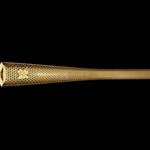
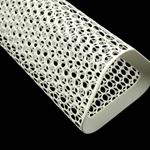



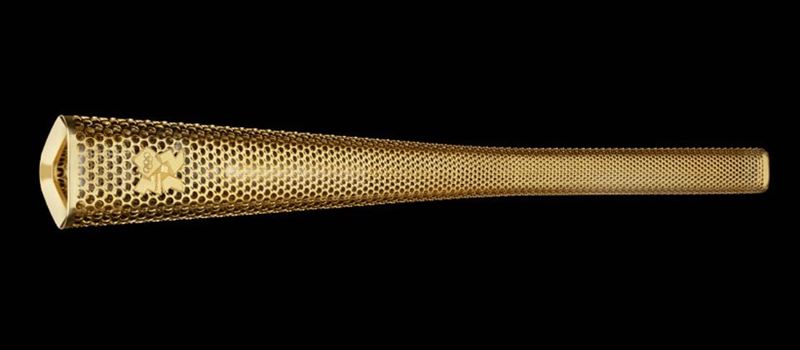
Aluminum Alloy
The torch designed by British designers Barber & Osgerby is one of the lightest Olympic Torches ever made, weighing in at just 800 grams. The torch is made from aluminium alloy which is usually used in car and aeroplane design, meaning that it's a light and hard-wearing material that can cope well in strong wind and high altitude. It also copes well in extremely high and low temperatures, enabling it to withstand both the heat of the flame inside it as well as chilly external temperatures.
Golden Finish
The gold "finish" (or coating) of the torch gives it a brightness and warmth which reflects the flame it carries.

Cheese Grater or Torch?!
Some critics said that they thought the torch looked like an expensive cheese grater!
In fact, the 8,000 holes cut out of each Olympic Torch are there to represent the 8,000 people that carried the flame across the UK.
The holes serve a practical purpose as well: they help heat from the flame escape so that the handle of the torch doesn't get too hot, and they also make the torch lighter in weight.
Triangular Form
You can see that the torch has a triangular shape from the handle all the way to the top. This is to represent several things:
- The tri-vision of the 2012 London Olympics: sport, education and culture
- The fact that three Olympic Games had been held in London (1908, 1948 and 2012)
- The three elements of the Olympic motto: faster, higher, stronger
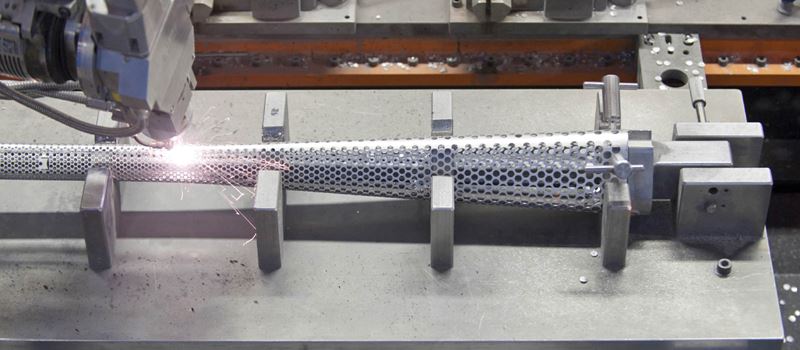
Sleek and Simple
The entire torch is made from just four pieces of metal, giving it a sleek and simple finish.
The holes of the torch are cut from flat sheets of aluminium using a laser before the main shape of the torch is cut out.
The main structure of the torch is created by layering two of the flat pieces of perforated aluminium over each other and folding them to create the triangular shape of the torch. These are then joined by cast metal at the top and the bottom to create a sturdy structure.

More Than Just a Flame
The Olympic Flame originates from the Ancient Greeks, who would keep a fire burning during their olympic games. In terms of the modern Olympics, the relay and passing of torches has taken place in the lead up to each Olympics since the Berlin games in 1936.
The 2012 Olympic Torch is a prime example of the history of a design object being as important as the design itself. The culture surrounding the Olympic Games is steeped in tradition, meaning the torch's greatest significance as a piece of design lies in the culture of the Olympics. Although it is a piece of design with a simple function, it represents an event that celebrates sport and brings people together from all over the world.
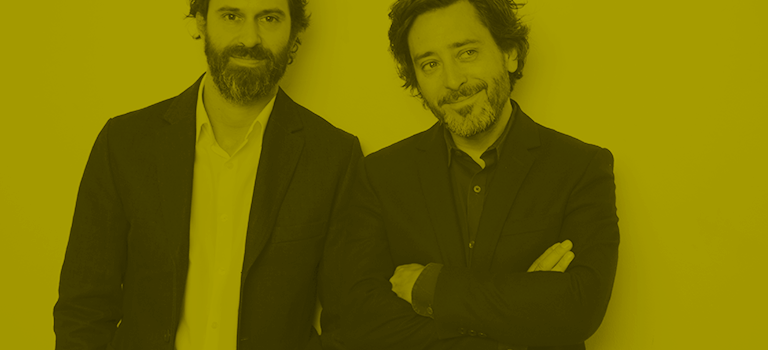
Barber & Osgerby are a London based design studio founded by Edward Barber and Jay Osgerby in1996. Using their knowledge of architecture, they design innovative interiors, furniture and exhibitions.
Of the 700 proposals submitted to the Olympic committee, their olympic torch design was selected to represent London and the UK. The torch was named the Design Museum’s Design of the Year in 2012
Explore other pages
Explore a story
Clever Clothes. How is wearable technology changing our world?
Real life sci-fi. How are designers cleverly repurposing every day objects to improve lives and inspire wonder?
Explore an object
K6 telephone box
The red London telephone box is a piece of design that makes people think of the capital of England as much as a black cab or a double decker bus. But how has this design become such an icon?
All Design Objects
All Design Objects
Design influences our lives and can be found in every aspect of our day. Discover more inspiring and unique design objects.